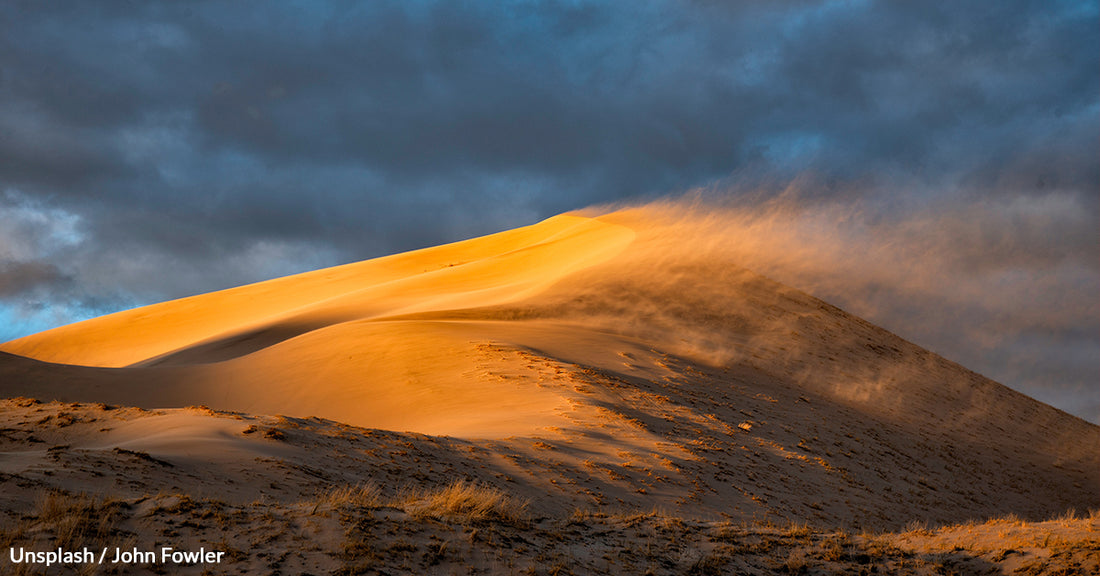A Recent Study Shows That Deserts Are Able To 'Breathe' Water Vapor
Louise Peralta
A study from Cornell University shows that deserts are able to ‘breathe’ water vapor.
The first word that comes to my mind when I think about the desert? Dry. Water can only be seen from a faraway distance, in the form of a mirage of an oasis. But that’s just my comical take on deserts.
To get back to actual facts, researchers published an article in the Journal of Geophysical Research: Earth Surface where they were able to find out that water vapor can penetrate the powdery grains of a desert’s sand.
The lead researcher and author of the study, Michel Louge, invented and developed a capacitance probe for measuring particle concentration and flow. For this research, Michel and the other researchers designed a new and improved probe. This probe is able to detect the miniscule amounts of moisture on sand grains and is used to provide the most accurate measurements needed by the team by using its multiple sensors to record everything from solid matter to water content on a fine spatial resolution.
"The wind flows over the dune and as a result creates imbalances in the local pressure, which literally forces air to go into the sand and out of the sand. So, the sand is breathing, like an organism breathes," said Michel Louge.
The study shows that deserts inhale and exhale water vapor through their surface. The team’s probe was able to identify the porosity of sand and detected the small amount of air seeping through it. This breathing then permits microbes to remain inside the barren sand dune.
Although not part of the research team, an associate professor of microbiology, Anthony Hay, has been collaborating with Louge to study how microbes can aid in preventing sand dunes from running over into roads and other infrastructures.
Although their research is published in 2022, the authors have been researching the moisture in sand dunes and have been gathering data since the early 2000s and they took years to understand, and are still continuing their studies, with the data they are continuously collecting. They have a goal of better understanding the process by which agricultural lands turn to desert. The team’s research seeks to use the knowledge for a wider range of applications other than just the desert. The findings in the research are intended to further other research by a couple of different applications.
An article about the research mentioned these ways their work may help them understand the world in a new light: “...from studying the way soils imbibe or drain water in agriculture, to calibrating satellite observations over deserts, to exploring extraterrestrial environments that may hold trace amounts of water.”




